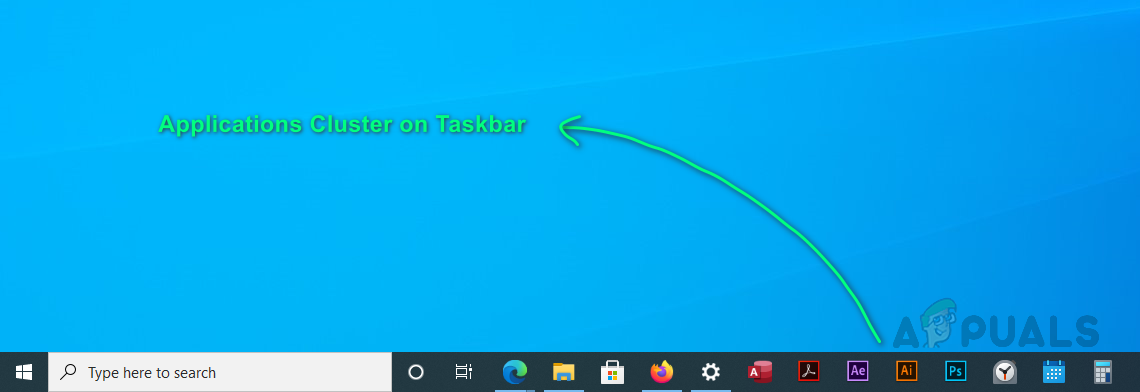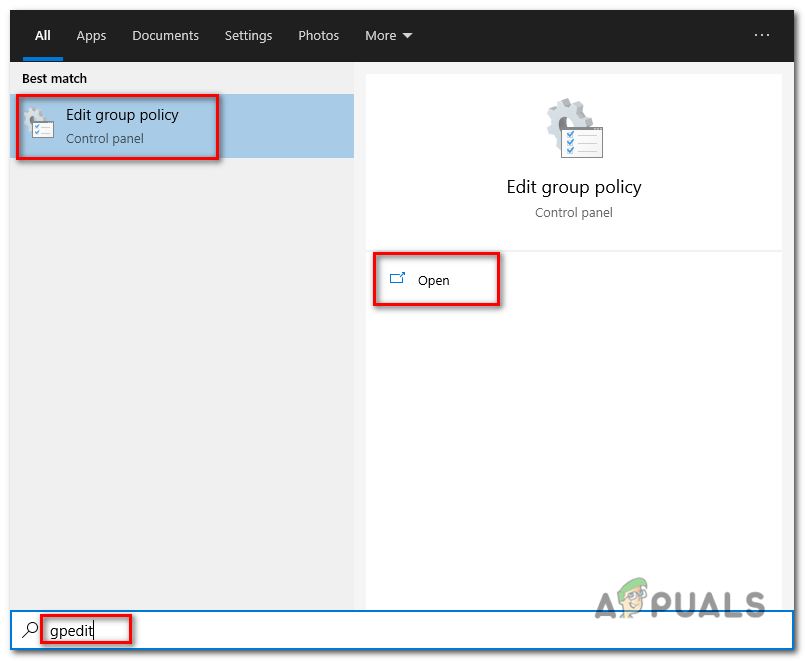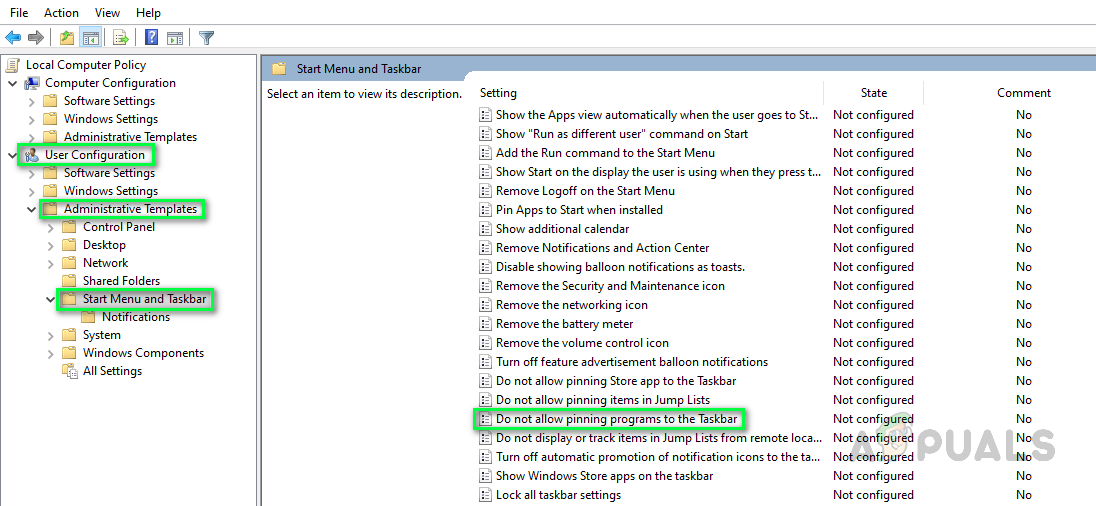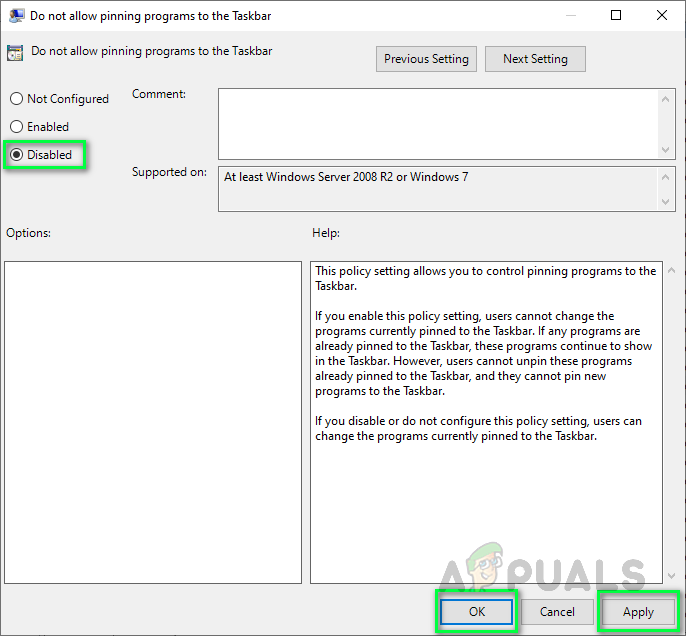Sometimes, users may not be allowed to make changes to the already pinned applications. This setting could be set by the very program that is constantly pinning itself to the taskbar. You may fix this by doing the following: Note: If you are using Windows 10 Home Edition you won’t have Group Policy Editor Installed on your Windows by Default, However, you can follow this tutorial we have on how to access Group Policy Editor on Home Edition in Windows 10. Now you will be able to make changes to the taskbar settings. You are not done yet! Go through the following method to get rid of this problem, once and for all.
Modify DefaultLayouts.xml
Windows stores settings for its applications, features, or elements in the system files (normally hidden). The taskbar is a Windows element therefore, its settings are also stored in system files. To be exact, its settings file named as DefaultLayouts.xml is located in AppData folder of Windows 10. Settings are stored in the form of code. Many users resolved the concerning problem by removing code lines from this file, specifically for applications that pin themselves automatically to the taskbar. Please go through the following steps to do the same: It is also a good practice to disallow applications to have administrative access because in the opposite case, they tend to alter system settings without the user’s permission (as they don’t need them anymore). In such a case, the probability of problems like this one becomes very high. Therefore, our suggestion is to only allow an application with admin privileges after proper consideration to avoid these kinds of problems.
How to Prevent Users from Pinning Programs to the Taskbar?Microsoft PowerToys Adds Always-on-Top Window Functionality, Finally Offering A…Resolve Intel Optane Memory Pinning Error on Windows 10Some Taskbar Icons Are Missing from Windows 11’s Taskbar? Here’s How to Fix It










